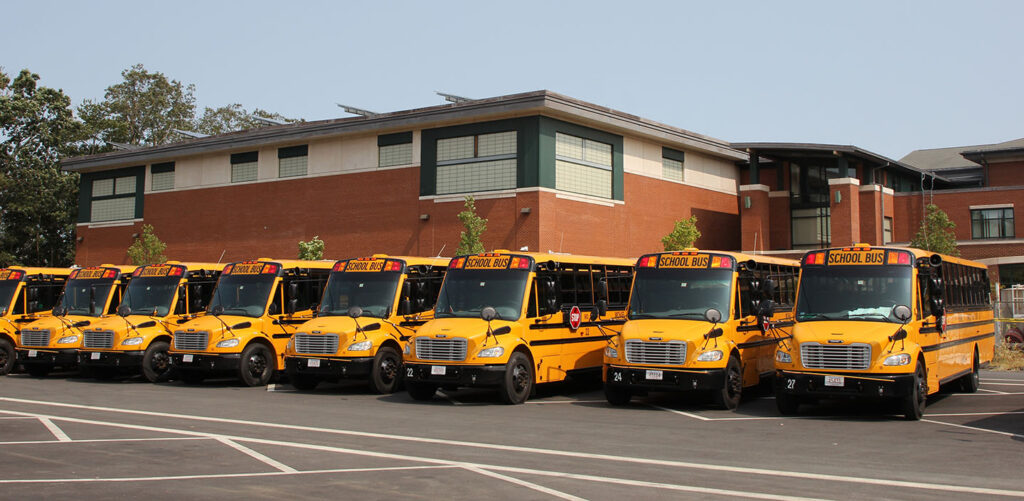As Hopkinton awaits word from the state of how school reopening will be handled, a new committee is being formed to transform the guidance into reality.
The district is organizing a Reentry Advisory Group tasked with helping to ensure the fall reopening goes smoothly, Superintendent of Schools Carol Cavanaugh told members of the Hopkinton School Committee at their June 18 meeting.
The group, in an advisory capacity, will recommend to the superintendent what school and its related functions should look like in September. The group will meet once Jeff Riley, the state’s commissioner of education, makes his final determination for how schools should reopen.
“It doesn’t make sense” to take steps to set schedules and other logistical plans until then, Cavanaugh said, adding that she suspects he will fall somewhere in the middle of having complete virtual learning and opening schools to operate as they previously did.
“We can’t give a hard and fast determination” of how things will look like until then, she said.
She said she knows people are eager to hear his decision, but it was not known when he would deliver it. She said there is a “very good argument” that the longer he waits to decide, the more information will be available on the status and trajectory of the virus.
Once the decision is made, the advisory group will tackle a number of issues, including:
— Developing and implementing town-wide surveys to determine needs around transportation, child care and scheduling of school days;
— Taking guidance from town public health officials and adhering to the guidance of the Massachusetts Department of Secondary and Elementary Education;
— Creating school schedules that maximize instructional time and address the unique learning needs of all students, whether instruction is in-person, remote or a hybrid of the two;
— Ensuring that the district is poised to reestablish remote learning, if the need for a second shutdown should arise;
— Determining what courses can be taught safely and what services can be provided safely on all Hopkinton school campuses;
— Making certain that staff and students have access to personal protective equipment and ensuring that adult and child health care needs can be met;
— Reviewing maintenance, custodial and nursing needs to ensure healthy physical buildings;
— Working closely with the Hopkinton Teachers Association to establish a memorandum of understanding in the event that teaching and learning needs extend outside the parameters of the current contract.
Membership will include Cavanaugh, assistant superintendent Jennifer Parson, director of finance Susan Rothermich; director of facilities Tim Persson, director of human resources Kim Pulnik, building principals at Marathon, Elmwood and Hopkinton High School, an educator from each building, the HTA and paraprofessionals organization presidents, one administrative assistant from Hopkins, Hopkinton director of public health Shaun McAuliffe, head nurse Kathy Bain, School Committee member Meg Tyler (Amanda Fargiano alternate), around 8-10 parents and two Hopkinton High School students.
More than 100 parents expressed interest in joining the group, but membership must be limited to keep the meetings from being unwieldy, Cavanaugh said.
In other business, the extended school year, also known as ESY, will start July 6 at Marathon and Hopkinton High School. The program offers services beyond the traditional academic year for students receiving special education and related services.
Enrollment will be split to ensure a two-days-off/two-days-on schedule; masks and shields will be provided for all students, and cleaning procedures will be established based on recommended processes.
Although 100 student enrollment falls far short of the entire district population, committee members enthusiastically responded to having students in at least two of the buildings again. “It makes me ridiculously happy to think of students back in our schools,” committee member Nancy Cavanaugh said.
Also at the meeting, Dr. Cavanaugh discussed a tentative plan to work on diversity, inclusion, equity, social justice and anti-racism. Steps include:
— Finding entry points in all curricula at every grade level where teachers can engage students in diversity, equity, inclusion, social media and anti-racism.
— Assessing texts being chosen to use in classrooms. “While we may have moved the needle a bit, we acknowledge we haven’t moved it far enough,” she said.
— Take on the same Bright Spots project the Boston Public Schools have done, which acknowledges positive efforts in these areas.
— Explore ways to integrate the schools with a Hopkinton Freedom Team.
Cavanaugh said there have been many meetings with the administrative team, with speakers brought in on relevant topics. “We’re very aware of our implicit biases” and “far more comfortable having these kinds of conversations that are typically difficult for white educators to engage in,” she said.
Now the work begins in the “insides of our schools” by “going deeper in terms of our interrogation of our curriculum.”
The meeting was the last for committee chair Meena Bharath and member Jen Devlin, who decided not to seek reelection to their positions.
















0 Comments